Delicious pickles are a classic addition to many dishes, loved for their fresh flavor and crunchy texture. They are a winter favorite in many families.
Although they can be purchased ready-made from the store, homemade pickles with fresh gherkins from the garden have an unique taste and allow you to control the ingredients and the process. One of the most important aspects of making the perfect pickles is preserving their crunchiness.
How to make crunchy pickles?
Choosing the right gherkins
The key to successful crunchy pickles starts with choosing the right gherkins. Choose fresh gherkins that are firm to the touch and free of marks. Small cucumbers, known as gherkins, are best for this purpose, as they have fewer seeds and a denser texture. It’s worth making sure your gherkins are as fresh as possible – ideally used right after picking.
Tips for preserving crunchiness
Preserving the crunchiness of pickles can be a challenge, but there are a few techniques that will help you achieve the desired result:
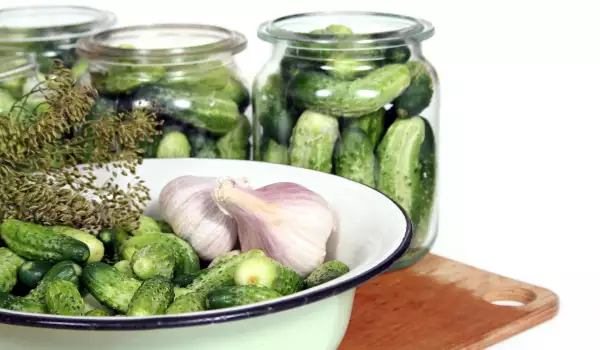
Use crunchy leaves: Adding horseradish, cherry, oak or grape leaves to each jar can help preserve the crunchiness of pickles. They contain tannins that prevent the pickles from softening during fermentation.
Salt the pickles in advance: Soak the gherkins in cold salted water for a few hours or even overnight before putting them in jars. The salt will draw out some of the moisture from them and make them crunchier.
Use cold brine: To avoid losing crunchiness, make sure the brine is chilled before adding the pickles. Heat can cause them to soften.
Add calcium chloride: This is a product used in the canning industry to keep fruits and vegetables crunchy. Adding a small amount to the brine can provide extra crunchiness.
Crunchy Pickle Recipe
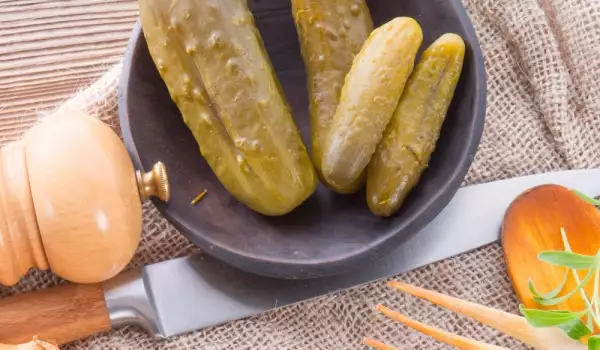
Ingredients:
• 1 kg small, gherkins
• 1 L water
• 4 tbsp. salt for the gherkins
• 500 ml vinegar (6%)
• 2-3 cloves garlic
• 1 sprig of dill (with seeds)
• 1 leaf of horseradish or cherry
• 1 tsp. mustard seeds (optional)
• 5-6 black peppercorns
Instructions:
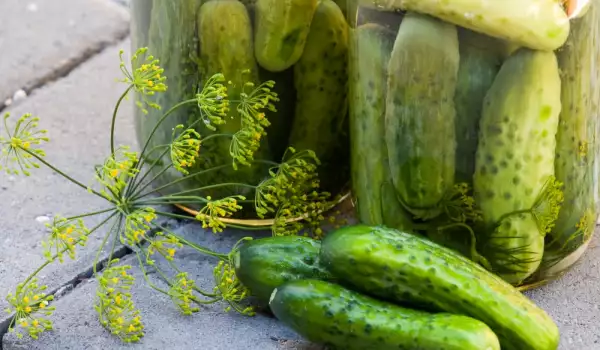
Preparing the gherkins: Wash the gherkins well and soak them in cold water for 2-3 hours. This will help preserve their crunchiness. During this time, you can sterilize the jars.
Preparing the brine: In a large pot, mix the water, vinegar, and salt. Heat the mixture until the salt has completely dissolved, then let it cool.
Arranging the jars: In the sterilized jars, place a few cloves of garlic, a sprig of dill, and a horseradish or cherry leaf. Add black peppercorns and mustard seeds, if desired.
Fill the jars: Arrange the gherkins vertically in the jars so that they tightly fit in. Leave some space at the top of the jar.
Covering with brine: When the brine has cooled, pour it over the gherkins so that they are completely covered. Make sure there are no air bubbles in the jar.
Closing and fermenting: Seal the jars tightly with lids and leave them in a cool, dark place for 7-10 days. After this period, your pickles will be ready to eat.
Additives for the pickles

If you want to add extra flavor to your versions of pickles, you can experiment with different spices and flavors. For example, adding a dash of chili pepper will add spiciness and using different herbs such as thyme or bay leaves can be your pickling secret.
Storing pickles
Once the pickles have fully fermented, you can store them in the refrigerator or a cool place. Refrigerating will preserve their crunchiness for longer. Homemade pickles can be eaten within a few months, retaining their flavor and texture.
Check out more appetizing ideas for preserving gherkins or learn how much vinegar to add to pickles and how long are pickles boiled for.
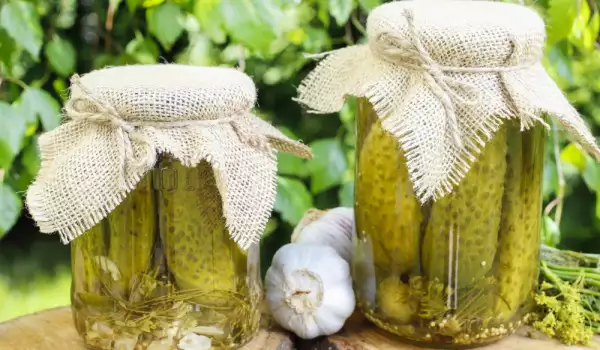

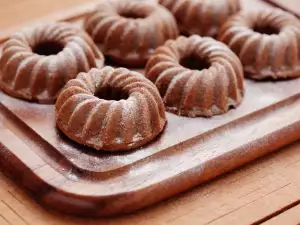

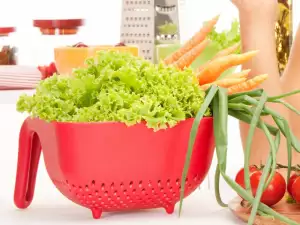
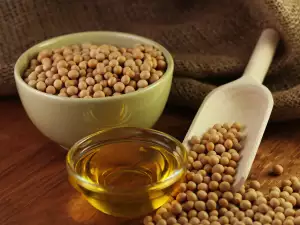




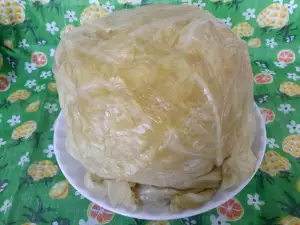
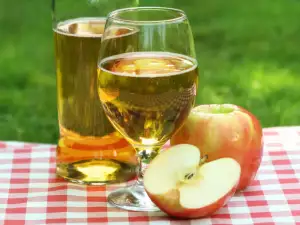

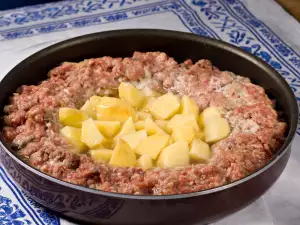
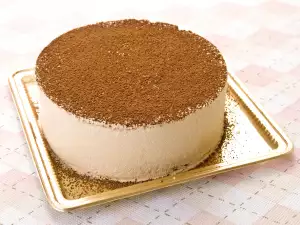




Comments